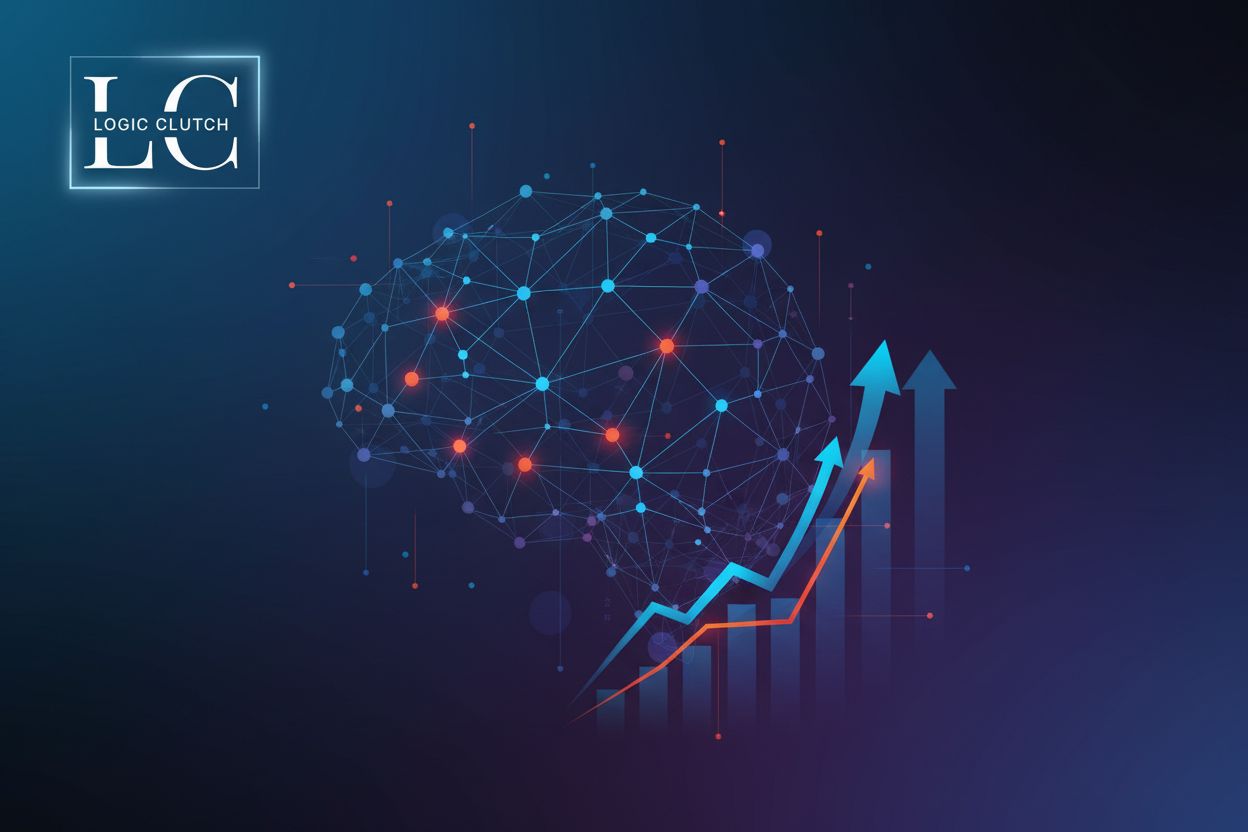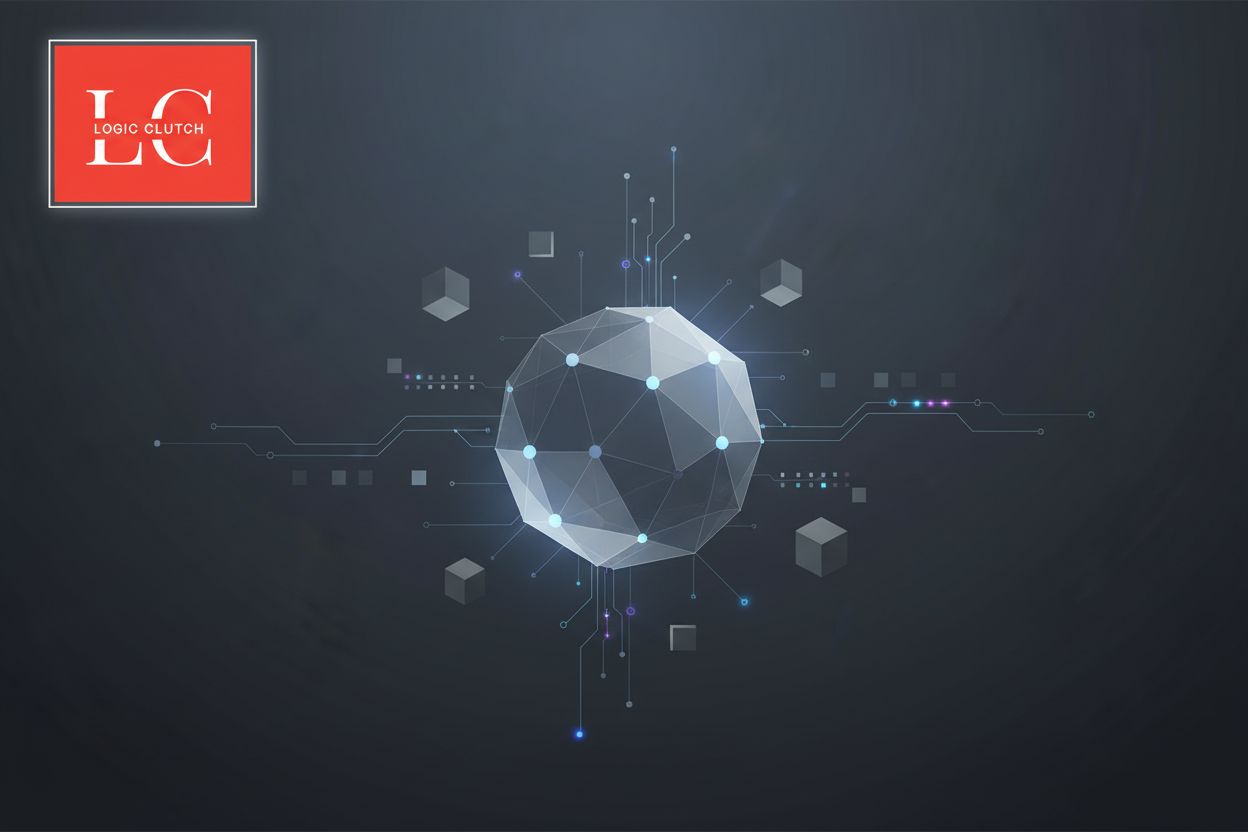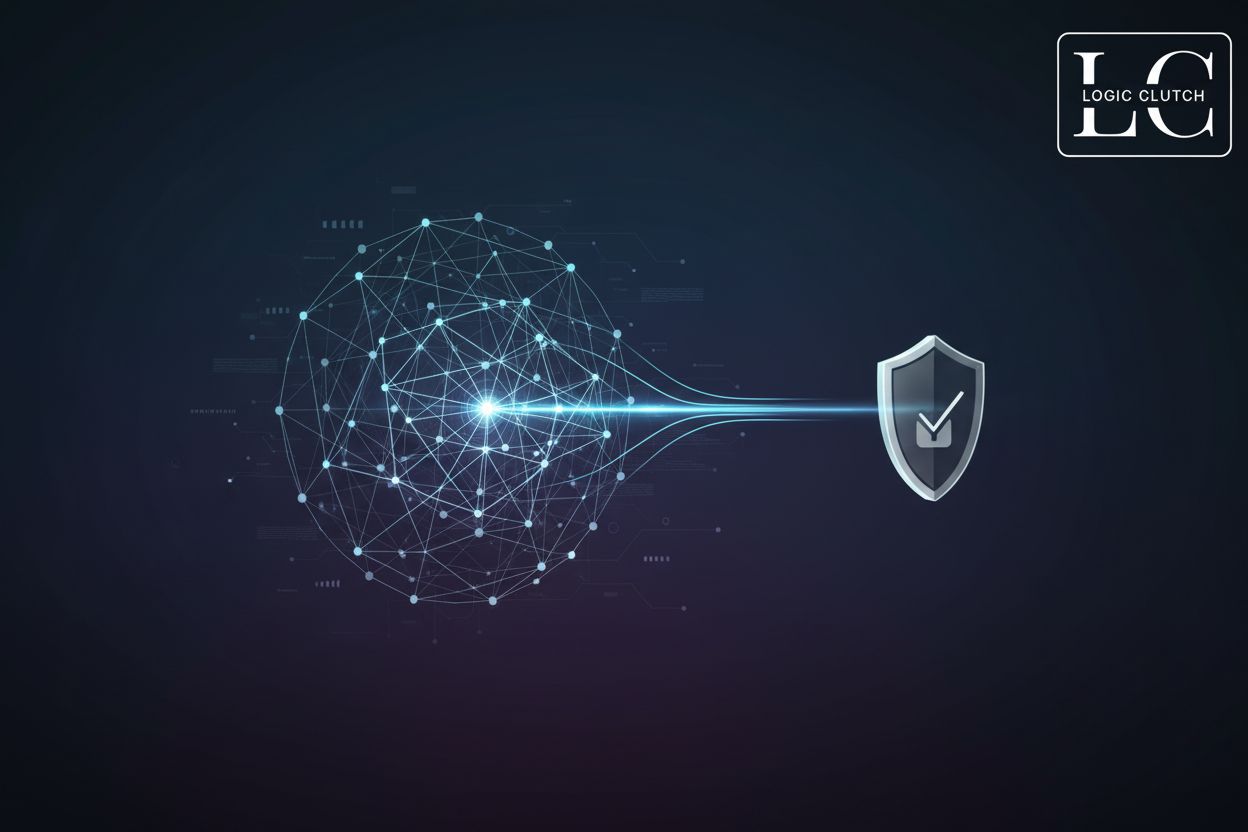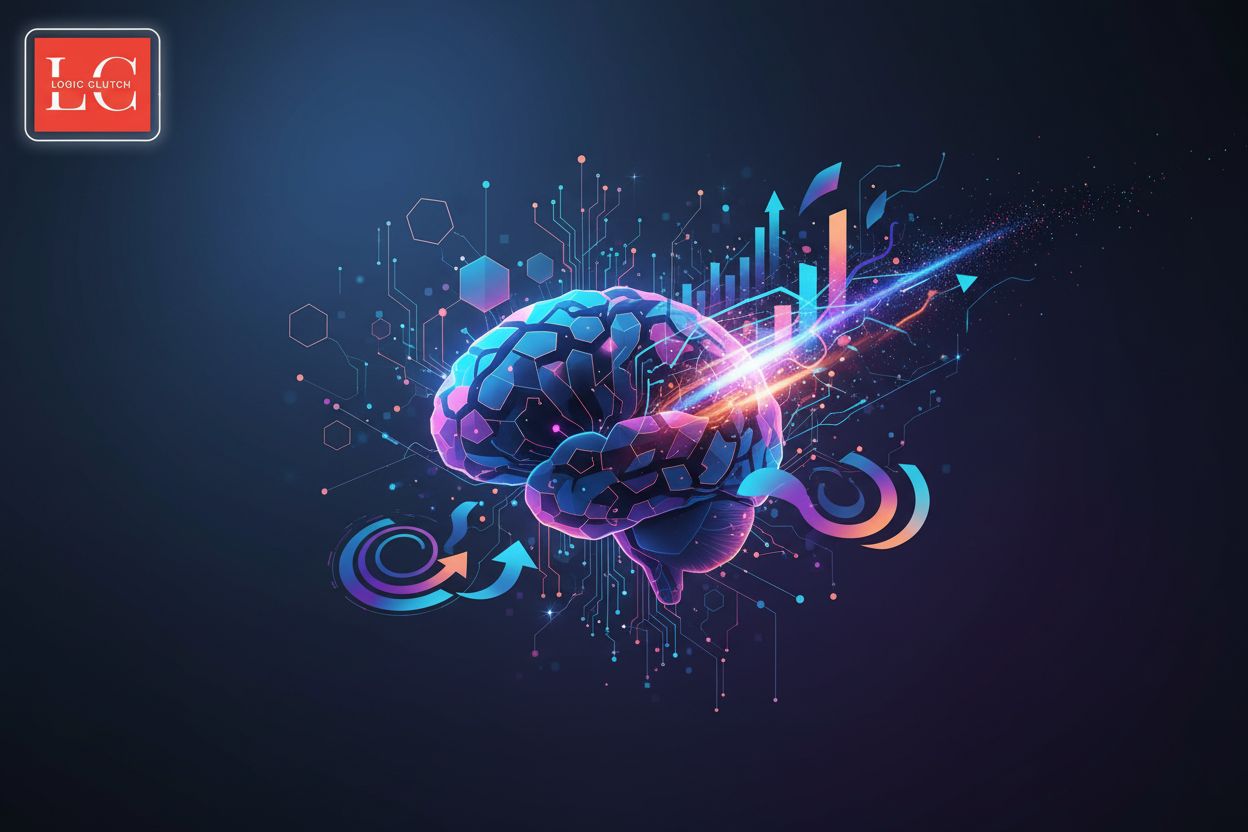Quantum Logic Gates Simulation: A Practical Guide for IT Leaders
TL;DR
Understanding Quantum Logic Gates
Quantum logic gates are the building blocks of quantum circuits, similar to how classical logic gates drive digital circuits. But, how do they actually work?
- Classical gates manipulate bits (0 or 1). Think of AND, OR, and NOT gates.
- Quantum gates manipulate qubits. Superposition and entanglement enable new computational possibilities.
- Reversibility is a key difference. Most quantum gates are reversible, unlike classical gates.
Understanding these gates is crucial for developing quantum algorithms. Next, we'll explore the math behind quantum gates.
The Need for Quantum Logic Gate Simulation
Quantum hardware is notoriously difficult to work with. Simulating quantum logic gates offers a practical alternative.
- Algorithm design: Test quantum algorithms before deploying them on hardware.
- Verification: Confirm that quantum circuits work as expected.
- Resource optimization: Improve performance by identifying bottlenecks.
- Cost reduction: Explore applications without expensive hardware.
Classical simulation will remain essential because it allows access to all amplitudes of a resulting quantum state. MQT is one company that offers classical quantum circuit simulator.
Next, let's discuss the challenges of building quantum hardware.
Classical Simulation Techniques
Classical simulation offers a versatile way to validate quantum algorithms, but how do these techniques actually work? Let's explore some common methods used to simulate quantum logic gates.
This technique involves representing the entire quantum state as a vector in memory. Gate operations are then applied using matrix-vector multiplications.
- Imagine simulating a quantum circuit for drug discovery. The full state vector method calculates how different molecular configurations evolve under quantum operations.
- The major limitation is memory. The memory requirements grow exponentially with each added qubit.
Instead of storing the entire state vector, tensor network methods represent quantum states and operations as tensors. These tensors are then contracted to compute probabilities.
- In financial modeling, this method can simulate complex option pricing scenarios.
- Tensor networks reduce memory needs, especially for certain circuit structures.
This method uses Binary Decision Diagrams (BDDs) or Quantum Decision Diagrams (QDDs) to represent quantum states. By exploiting redundancies, memory usage is reduced. MQT DDSIM is one such simulator.
As we've seen, several classical simulation techniques exist. Let's examine each in more detail.
Advanced Simulation Methods for Large Quantum Circuits
Simulating large quantum circuits presents significant hurdles, especially with limited quantum memory. Advanced methods tackle this by cleverly dividing the problem into manageable parts.
- This approach breaks down a large quantum circuit into smaller, interconnected clusters.
- Each cluster is simulated separately, and the results are combined to represent the entire circuit.
- By simulating clusters individually, you trade classical computation for reduced quantum memory requirements.
- Key parameters like K (inter-cluster communication qubits) and d (cluster size) define the simulation's complexity. According to a paper from MIT, this method is inspired by classical fragmentation methods.
- Utilize quantum computers for computationally intensive parts of the simulation.
- Offload remaining tasks to classical computers, optimizing resource allocation.
- The Variational Quantum Eigensolver (VQE) is a prime example, using quantum computation to find the ground state energy of a molecule.
These advanced simulation techniques enable exploration of larger, more complex quantum circuits. Next, we'll explore quantum-classical hybrid algorithms in more detail.
Practical Applications and Examples
Simulating quantum systems helps accelerate discoveries across industries. Let's examine how this works in practice.
Simulate time evolution in quantum systems.
Useful in materials science, drug discovery, and physics.
Cluster simulation reduces quantum resource needs, as discussed earlier.
Find ground state energy of molecules and materials.
Parameterized quantum circuits approximate the ground state.
Combine VQE with cluster simulation to cut down qubit requirements.
Next, we'll explore quantum-classical hybrid algorithms in more detail.
Choosing the Right Simulation Approach
Choosing the right simulation approach is vital. However, the best method depends on several factors.
- Number of qubits: The more qubits, the more complex the simulation. Full state vector methods quickly become impractical.
- Circuit depth and complexity: Deeper circuits with many gates demand more computational power. Tensor network methods may offer a better solution.
- Available computational resources: Consider memory, processing power, and simulation time. Evaluate whether you need distributed computing.
- Desired accuracy: Balance accuracy with computational cost. Approximate methods may suffice for some applications.
Quantum simulation is still evolving. Expect these trends to shape future strategies:
- Improved classical simulation algorithms: Researchers continually refine classical methods. These advancements push the boundaries of what's possible.
- Integration of quantum and classical computing: Hybrid approaches will become more common. They optimally allocate tasks between quantum and classical resources.
- Development of specialized quantum simulators: Domain-specific simulators will emerge. Tailoring the simulator to the problem will boost efficiency.
Hybrid quantum-classical algorithms, discussed earlier, will play an increasingly important role. Let's look at how quantum logic gate simulation can be used.
Conclusion
Quantum logic gate simulation: is it a luxury or a necessity? It's increasingly the latter.
- Algorithm validation: Simulation helps confirm quantum algorithms work as expected before deployment.
- Resource optimization: Pinpoint bottlenecks to boost performance.
- Application exploration: Discover uses across industries without costly hardware.
As classical simulation continues to evolve, expect it to remain essential for accessing all amplitudes of a quantum state, as mentioned earlier with MQT.






